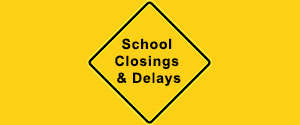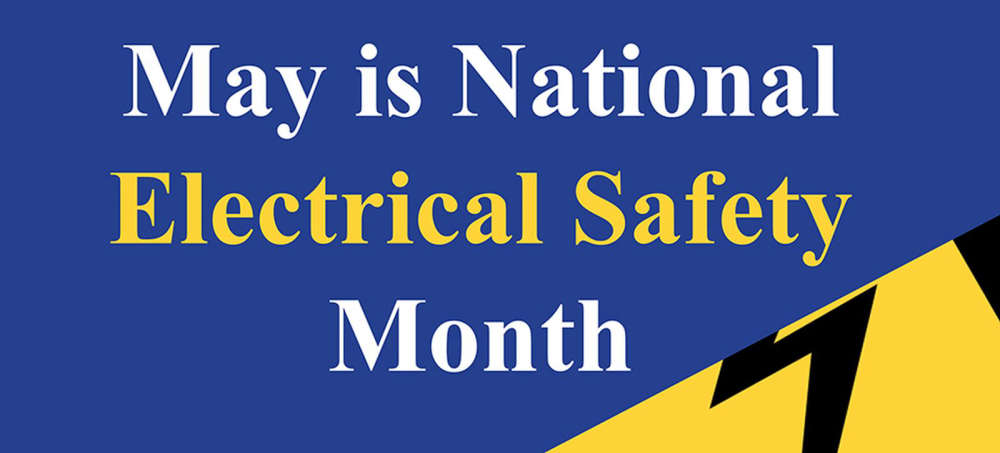
May is National Electrical Safety Month, and Northern Indiana Public Service Company LLC (“NIPSCO”) is committed to helping the public stay safe by sharing essential electrical safety tips and guidelines. Electrical Safety Month is a time to raise awareness about the importance of preventing electric-related injuries, deaths and fires.
“It’s essential to remember that electrical safety begins with education,” said Orville Cocking, Senior Vice President of Electric Operations at NIPSCO. “Awareness and quick action can prevent injuries and save lives at home and in the workplace.”
What to Do if You Find a Downed Power Line
Downed wires can pose serious risks, including electric shock and fire hazards. Therefore, it is important to consider all downed wires as energized and dangerous, even if it appears that the wire is not live.
If a downed wire is encountered, follow these safety tips:
• Stay Away and Keep Others Away: Maintain at least 50 feet from the wire and the surrounding area. If you are in a populated area, warn others to stay away.
• Secure the Area: If you have cones in your vehicle, section off the area using your cones. However, keep in mind that electricity can travel through the ground, trees, and other objects. Never move these objects or use another object to move a downed wire.
• Call 911: Call 911 and provide as much detail about the downed wire and your location. Let them know if anyone requires medical attention.
• Call NIPSCO’s 24/7 Electric Emergency Hotline: Call our 24/7 emergency number at 1-800-464-7726 (1-800-4NIPSCO). Let the operator know you have called 911 and notify them of the downed wire. Provide as much location detail as you can.
• Wait for Assistance: Remain calm and wait for emergency responders to arrive and safely remove the downed wire. Do not attempt to remove the wire yourself.
Keep in mind that if you see trees near power lines, that can also pose serious risks. Sometimes after storms, branches can break and trees can fall, pulling down power lines. Treat this as an emergency and follow the tips above on what to do if you encounter a downed power line.
Power Generator Safety: Use Caution and Prevent Hazards
Generators are handy when it comes to outages; however, it is crucial to make sure that everyone is taking steps to stay safe when using them. Below are some tips to follow.
• Use Generators Outside Only: Make sure to position the generator (especially gaspowered generators) in a well-ventilated area away from doors, windows and garages to avoid the potential for carbon monoxide entering the home.
• Use Only Outdoor-Rated, Grounded Extension Cords: Look for extension cords with a GFCI (ground-fault circuit interrupter) to avoid getting shocked if cords get wet.
• Don’t Plug a Generator into a Regular Household Outlet: Keep the extension cord for the generator separate from the outlets in the home. Only connect individual appliances to the receptacle outlet of the generator. Otherwise, it may damage the home’s wiring, start a fire and back-feed electricity into the utility system and energize a line thought to be without power. This can seriously injure or kill a NIPSCO worker because they wouldn’t know the line is live.
• Use a Different Extension Cord to Power Your Home: Use a separate extension cord exclusively for the generator powering the home.
• Use a Transfer Switch to Prevent “Back-Feed”: The installation of a transfer switch safely allows the home’s wiring system to be easily and cleanly attached from NIPSCO’s system. This allows the user to control the flow of electricity to those circuits needed most until power is restored—such as to a fridge or furnace fan. Transfer switches require installation by a licensed electrician. If a transfer switch is not installed, shut off the main breaker of the service panel to help prevent electricity from feeding back into the power grid or household circuits, which could cause hazards.
• Avoid Overloading the Generator: Don’t overload the generator with too many appliances and equipment. Read and follow wattage guidelines in the owner’s manual.
• Keep Children and Pets Safe: Keep children and pets away from portable generators at all times.
• Turn it Off Safely: Before shutting down the generator, turn off all the equipment being powered by it.
Ladder Safety: Ladders and Electricity Don’t Mix
Outdoor spring projects are underway, and it is important to note that ladders and electricity pose safety risks. When completing outside work and carrying a ladder, make sure to use caution when carrying the ladder near overhead electrical lines.
Remember these tips:
• Stay 10 Feet Away from Power Lines: Make sure to keep the ladder and your body away from power lines.
• Use Fiberglass Ladders: When possible, consider using fiberglass ladders. Electricity can travel through ladders made of metals such as aluminum and even wooden ladders, especially if they are wet.
• Use Caution Near Trees: Trees contain water and electricity can travel through water, posing a safety risk.
• Be Aware of the Surroundings: Don’t let any tools or materials make contact with power lines.
Additional Electric Safety Tips:
• Inspect Electrical Cords and Equipment: Regularly check electrical cords, plugs and equipment for signs of damage, such as fraying, exposed wires or cracks. Replace damaged items immediately.
• Use Extension Cords Safely: Use extension cords temporarily and avoid running them under rugs or carpets. Do not overload extension cords or use damaged cords.
• Keep Water Away from Electricity: Keep electrical appliances and cords away from water sources to prevent electrical shock.
• Unplug Unused Appliances: When not in use, unplug appliances to reduce the risk of fire and save energy.
• Use Childproof Outlets: Install outlet covers to protect children from inserting objects into outlets.
• Avoid DIY Electrical Work: Leave electrical repairs and installations to the licensed professionals.
To learn more about electrical safety, visit NIPSCO.com/Safety/Electrical-Safety.


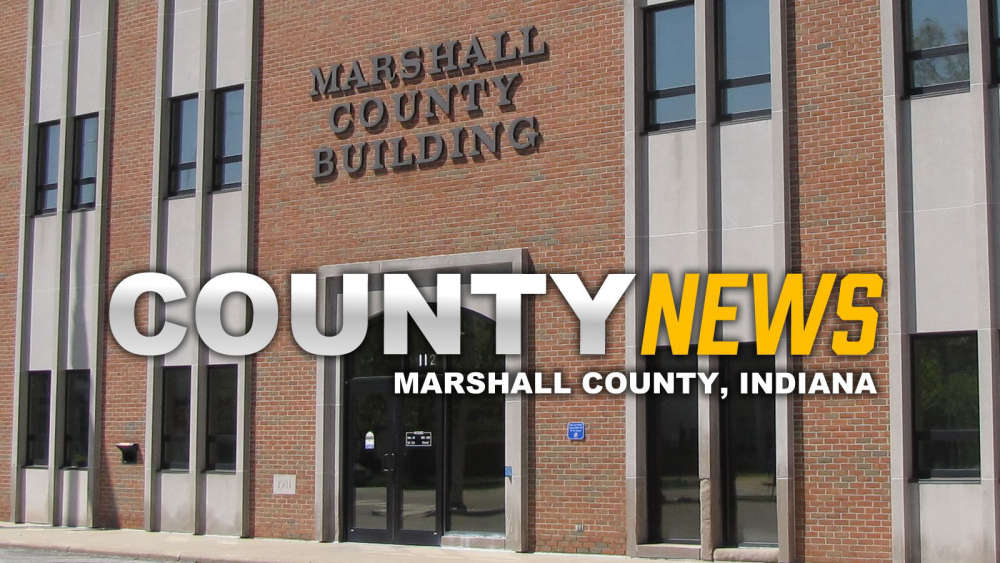 Commissioners approve Sheriff's Dept. request to order 4 new vehicles for 2026 from Oliver Ford
Commissioners approve Sheriff's Dept. request to order 4 new vehicles for 2026 from Oliver Ford
 Bourbon couple arrested after driving off roadway Saturday night
Bourbon couple arrested after driving off roadway Saturday night
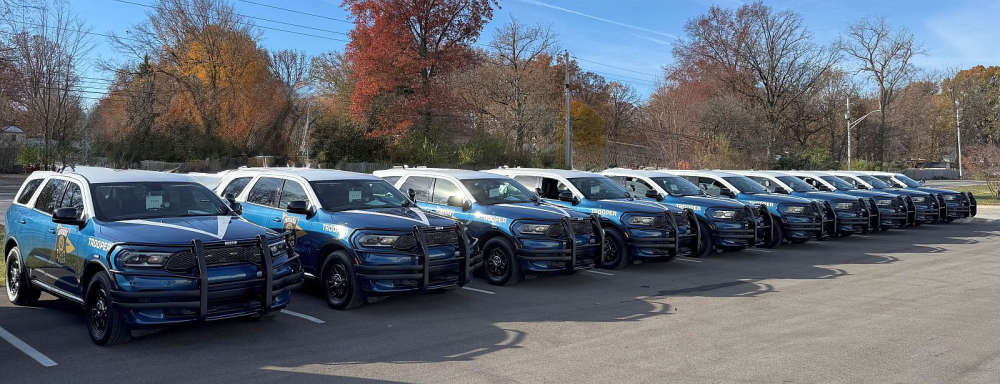 Indiana State Police Troopers receive new look Dodge Durango patrol vehicles
Indiana State Police Troopers receive new look Dodge Durango patrol vehicles
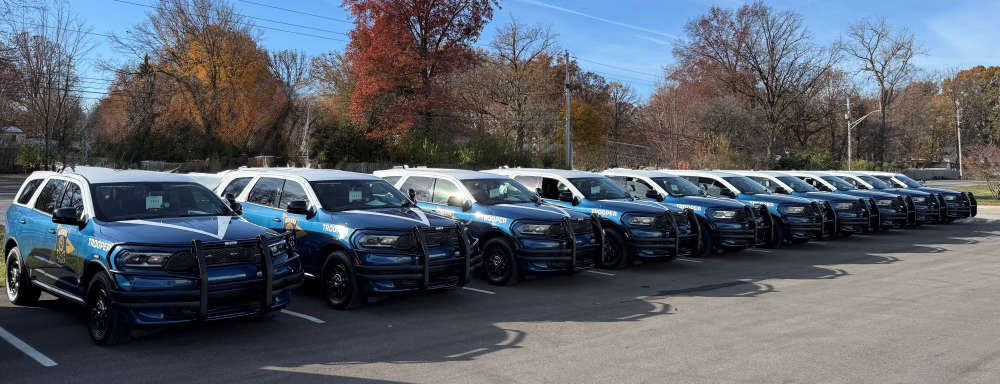 Indiana State Police Troopers receive new look Dodge Durango patrol vehicles
Indiana State Police Troopers receive new look Dodge Durango patrol vehicles
 Power Up: Give blood or platelets with Red Cross x PAC-MAN
Power Up: Give blood or platelets with Red Cross x PAC-MAN
 Plymouth High School Cheerleaders make history with state runner-up finish
Plymouth High School Cheerleaders make history with state runner-up finish
 FSSA announces end of MDwise participation in Indiana Medicaid Programs
FSSA announces end of MDwise participation in Indiana Medicaid Programs
 Fulton County Fall Craft Show set for Saturday
Fulton County Fall Craft Show set for Saturday
